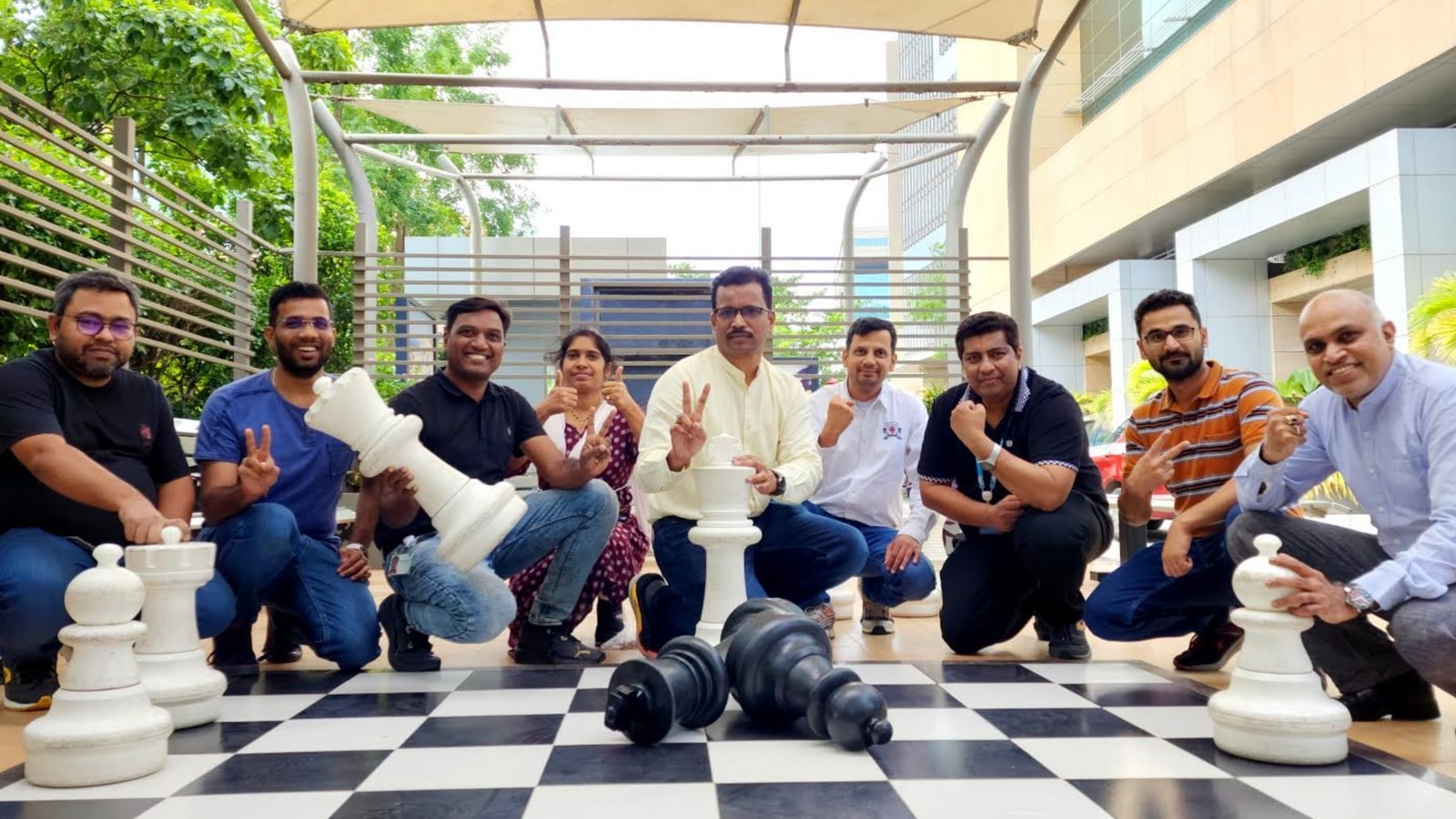Samsung Galaxy Artificial Intelligence: The development of Galaxy AI involved multiple R&D teams working across cultures and borders, and Samsung’s team in India played a major role in this. Samsung’s largest R&D center outside of South Korea, SRI-Bangalore, collaborated with teams around the world to develop AI language models for British, Indian, and Australian English, as well as Thai, Vietnamese, and Indonesian.
Recently, key engineers from other Samsung research centers visited Bangalore, India, where the SRI-B team helped scale up the technology to bring Vietnamese, Thai, and Indonesian languages to Galaxy AI.
SRI-B Developed Hindi Language for Galaxy AI
SRI-B also developed the Hindi language for Galaxy AI. Developing the Hindi AI model was not easy. The team had to ensure that more than 20 regional dialects, tonal inflections, punctuation, and colloquialisms were covered. Additionally, it is common for Hindi speakers to mix English words in their conversations. This required the team to run multiple rounds of training the AI model with a combination of translated and transliterated data.
I’m not sure which one
cell phone to buy?
“Every language has its challenges,” said Giridhar Jakki, Head of Language AI at Samsung R&D Institute India – Bangalore (SRI-B). “But when you consider the end goal of giving people the ability to communicate in other languages, it’s worth every ounce of effort. We couldn’t wait to bring Hindi to Galaxy AI.”
“Hindi has a complex phonetic structure that includes retroflex sounds, sounds produced by curling the tongue in the mouth, that are not present in many other languages,” Jakki said. “To create the speech synthesis element of the AI solution, we carefully examined the data with native linguists to understand all the unique sounds and created a special set of phenomena to support specific dialects of the language.”
Collaborative efforts between Samsung and academic partners were instrumental in developing the AI language model that reflected the cultural nuances of India’s regions. Vellore Institute of Technology helped secure nearly a million lines of segmented and curated audio data on speech, words, and conversational commands. The data was a crucial component for a mission as critical as incorporating the world’s fourth most spoken language into Galaxy AI. Collaborating with universities ensured that Samsung was using the highest quality data.
Galaxy AI supports 16 languages
Galaxy AI now supports 16 languages, so more people can expand their language skills, even offline, with on-device translation in features like Live Translate, Interpreter, Note Assist, and Browsing Assist.
This project perfectly embodies Samsung’s philosophy of open collaboration and the company’s belief that sharing expertise and perspectives ensures meaningful innovation. In the case of SRI-B, this includes not only collaboration with academia, but also sharing insights and best practices with other Samsung research centers around the world.
“I’m incredibly proud of what we’ve accomplished with the help of our partners,” Jakki said. “AI innovation through collaboration is a big part of what we do. We’ll continue to better understand, collect, and analyze language data so that more people can have access to AI tools in the future.”
